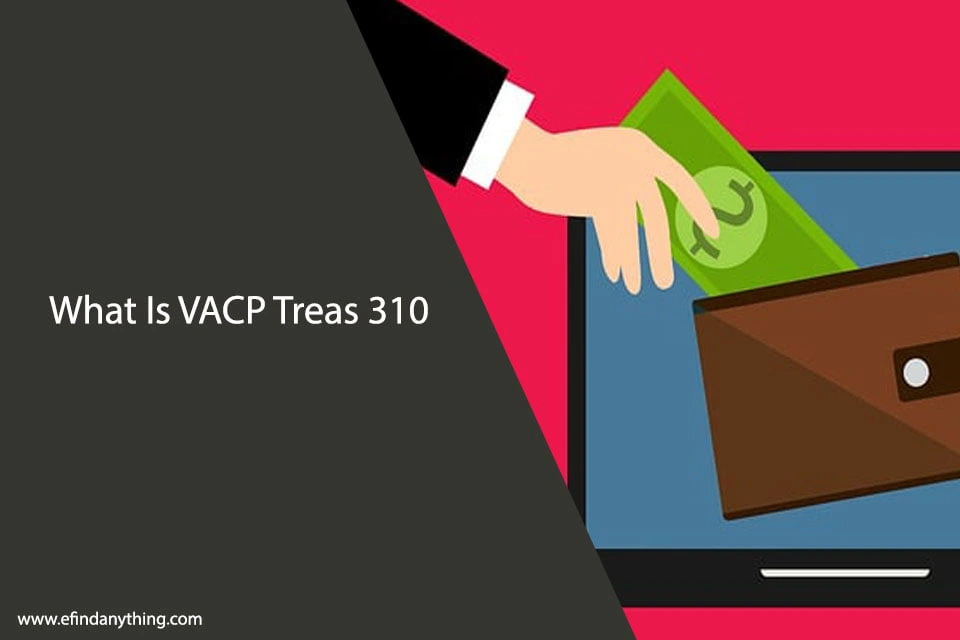
The right industrial storage containers are essential for efficient operations, improving workflow, product security, and saving time and costs in manufacturing and warehousing.
Understanding the Basics of Industrial Storage Containers
Industrial storage containers come in all shapes, sizes, and materials. Their primary job is to protect, organize, and move materials or parts. The right choice will depend on several factors, such as the nature of the items being stored, how often items need to be accessed, weight, volume, and environmental conditions.
Common Types of Industrial Storage Containers
- Plastic Bins
Widely used for everything from electronics to hardware, plastic bins are lightweight, durable, and resistant to corrosion. Stackable options can maximize vertical space.
- Metal Containers
Perfect for heavy-duty storage and environments where durability is a must. Metal containers are fire-resistant, handle high weights, and often secure valuable or hazardous goods.
- Wooden Crates
Often used for exporting goods or storing bulk materials. Wooden crates can be custom-sized and are reliable for irregularly shaped items.
- Bulk Bags and Flexible Containers
Used for powders, grains, or other bulk materials. These save space when not in use but are sturdy enough once filled.
- Totes and Pallets
Designed for easy transportation, totes can be plastic or metal, while pallets (typically wood or plastic) underpin larger shipments or bulky items.
Factors to Consider When Choosing an Industrial Storage Container
Each business has unique needs. Consider the following criteria before investing in storage solutions.
1. Load Capacity and Strength
Always identify the weight and size of the items you’ll be storing. Overloading a container, such as a 55-gallon fiber drum, can lead to safety hazards and product damage. Check the manufacturer’s guidelines for load capacity and opt for containers tested for industrial use. Steel, heavy-duty plastics are usually the go-to options for supporting weighty loads.
2. Material Type
- Plastic: Lightweight, cost-effective, and suited for a wide range of environments.
- Metal: Resistant to impacts, heat, and fire, but may corrode if not properly coated.
- Wood: Biodegradable and customizable; best for less frequently accessed storage.
- Composite Materials: Offer a balance of durability and weight.
Your chosen material should suit your storage environment. For instance, if your warehouse faces temperature fluctuations or moisture, opt for rust-proof or waterproof containers.
3. Environmental Conditions
Is your storage area exposed to moisture, chemicals, or temperature extremes? Industrial environments are rarely climate-controlled. Consider containers that can withstand these challenges:
- Moisture and humidity: Look for plastics or coated metals.
- Chemical exposure: Use chemical-resistant plastics or metals.
- Outdoor use: Invest in containers with UV protection and weatherproof features.
4. Accessibility and Handling
Think about how frequently items will be moved, removed, or replenished. Containers with ergonomic handles, transparent sides, or label holders make fast retrieval easier. Stackable or nestable options maximize space and help streamline operations.
For bulk storage or items needing frequent access, open-top bins or modular shelving systems may provide the needed flexibility.
5. Security and Safety
If you’re storing high-value items or hazardous materials, security becomes a top priority. Opt for containers with lockable lids or reinforced metal construction. Ensure containers are compliant with OSHA or relevant safety standards for your industry.
6. Longevity and Maintenance
Consider the long-term value. While more durable containers may cost more upfront, they can reduce replacement rates, save money, and drive sustainability. Containers that are easy to clean, maintain, or repair will deliver greater value over time. For instance, metal containers from established providers, such as Storage On-Site, illustrate how quality materials and construction can improve longevity and ease of maintenance.
Matching the Container to the Application
A crucial part of this decision-making process is matching the container to its intended use. Here are a few scenarios to guide your planning:
- Automotive Manufacturing: Requires heavy-duty, oil-resistant bins for greasy machine parts.
- Pharmaceuticals: Needs hygienic, easy-to-clean plastic containers to handle sterile materials.
- Food Processing: Demands food-grade plastics and corrosion-resistant metals for compliance with safety regulations.
- Warehousing & Logistics: Often relies on stackable totes, collapsible bins, and pallets for broad usability and transport.
Maximizing Efficiency With the Right Container Choices
A well-planned system using the right containers can:
- Reduce breakage and product loss
- Improve space efficiency
- Streamline processes for inventory and order fulfillment
- Boost workplace safety
- Lower long-term storage costs
Common Pitfalls to Avoid
- Ignoring Environmental Factors: A container that works great indoors may not last a month outside.
- Cutting Corners on Load Capacity: Overloaded containers are a safety risk and lead to higher replacement costs.
- Lack of Standardization: Using too many different container types makes tracking, stacking, and transportation chaotic.
Conclusion
Choosing the right container for industrial storage requires a strategic approach. Take time to assess your materials, environment, and operational needs. Test a few options if possible, and consult with your staff to ensure compatibility with day-to-day workflows.











